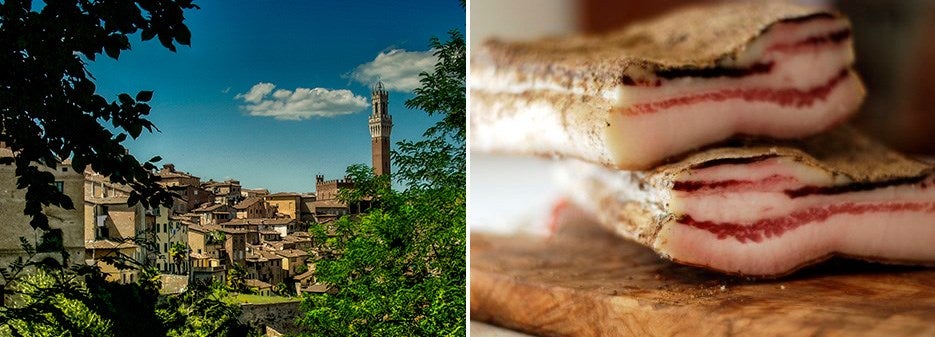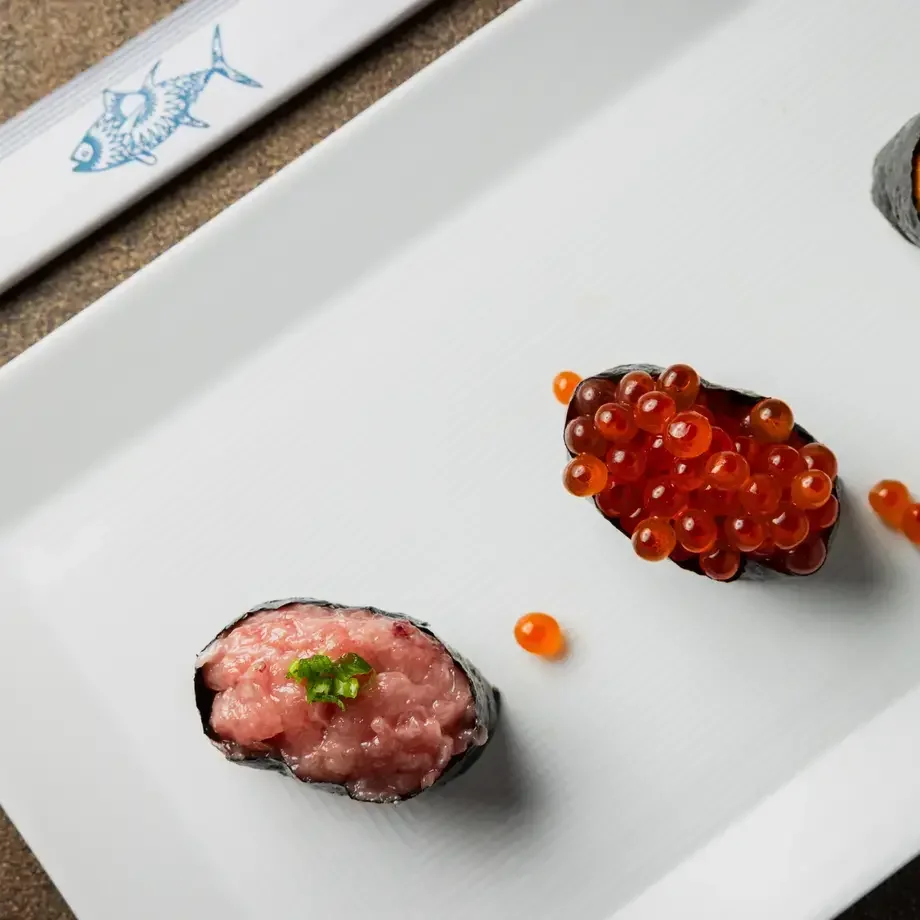The Cinta Senese is neither a charcuterie product nor fresh pork: the term refers to the most important pig breed of Tuscany and one of the most prized in all Italy, as well as being most probably one of the oldest. It gets its name from its glossy black skin with contrasting white band, the so-called “cinta”, around the neck, which distinguishes this breed.
History of Cinta Senese
The Cinta Senese is the forerunner of all Tuscan pig breeds. It was even raised by the Etruscans and followed the Romans in their migrations. It came to the aid of peasants in the Middle Ages during periods of pestilence and famine. Its ancient origins are evidenced in a well-known painting of 1340 by Ambrogio Lorenzetti, “The Effects of Good Government” portraying a small pig standing next to a peasant.
This little pig risked extinction owing to the popularity of more productive and prolific breeds. Fortunately, from the 70’s onwards, thanks to a state-run project, it has been reintroduced in a number of Tuscan pig farms but continues to be a high quality niche product.
It was awarded PDO status by the European Commission in 2012 as a unique pig breed with no equal anywhere in the world.








